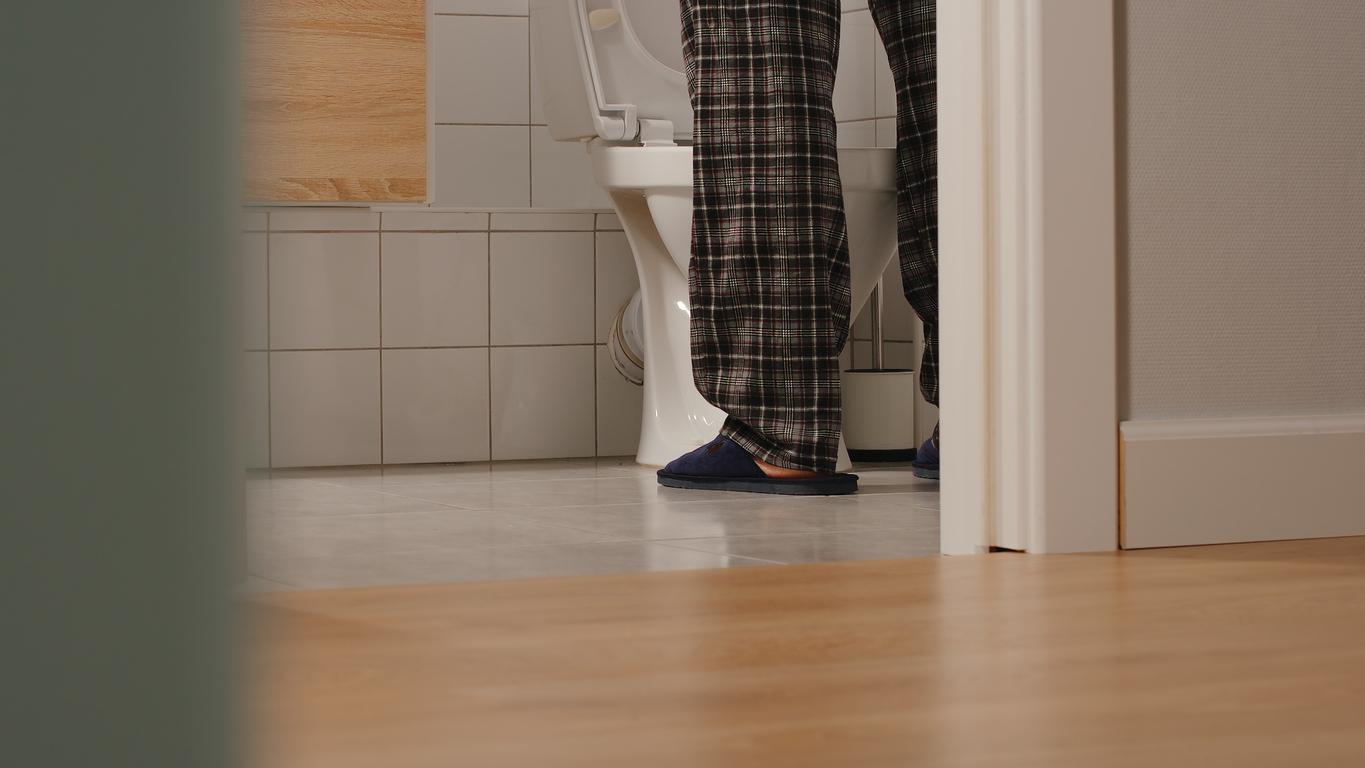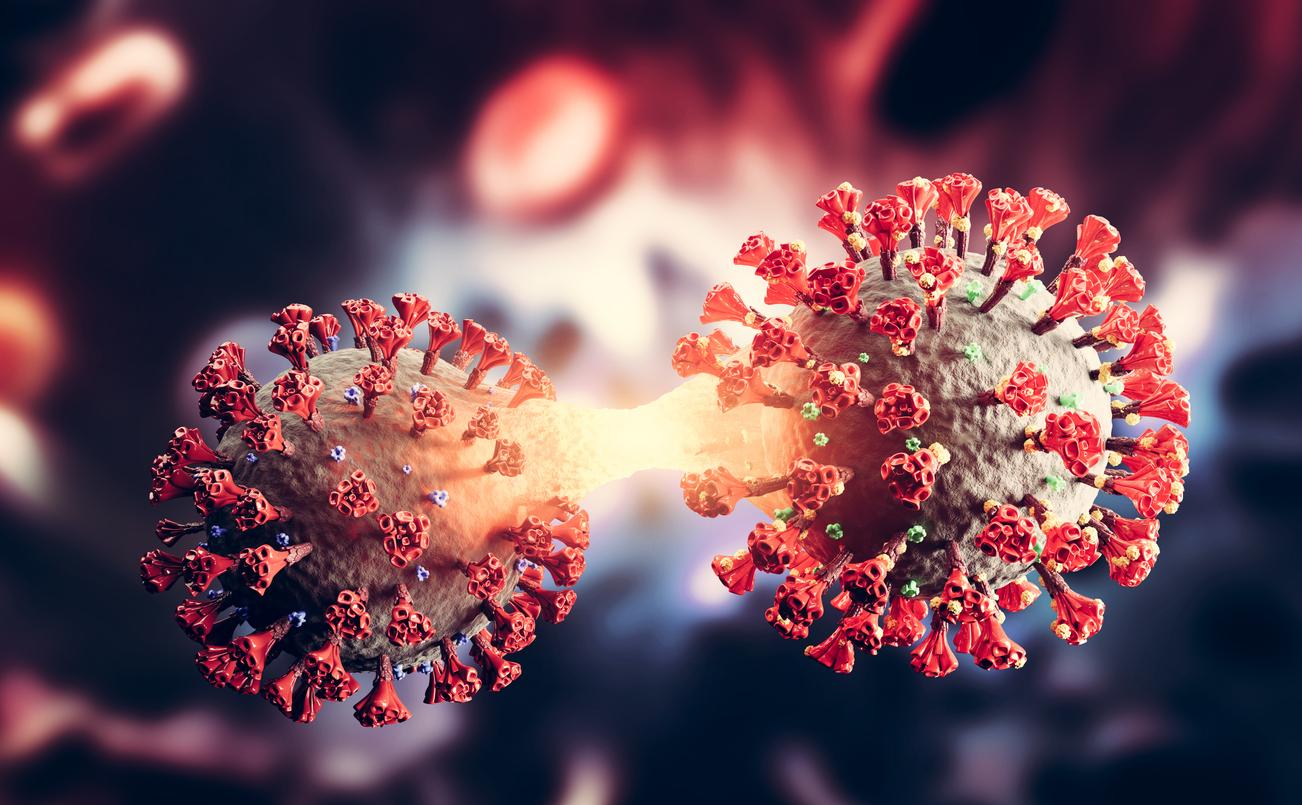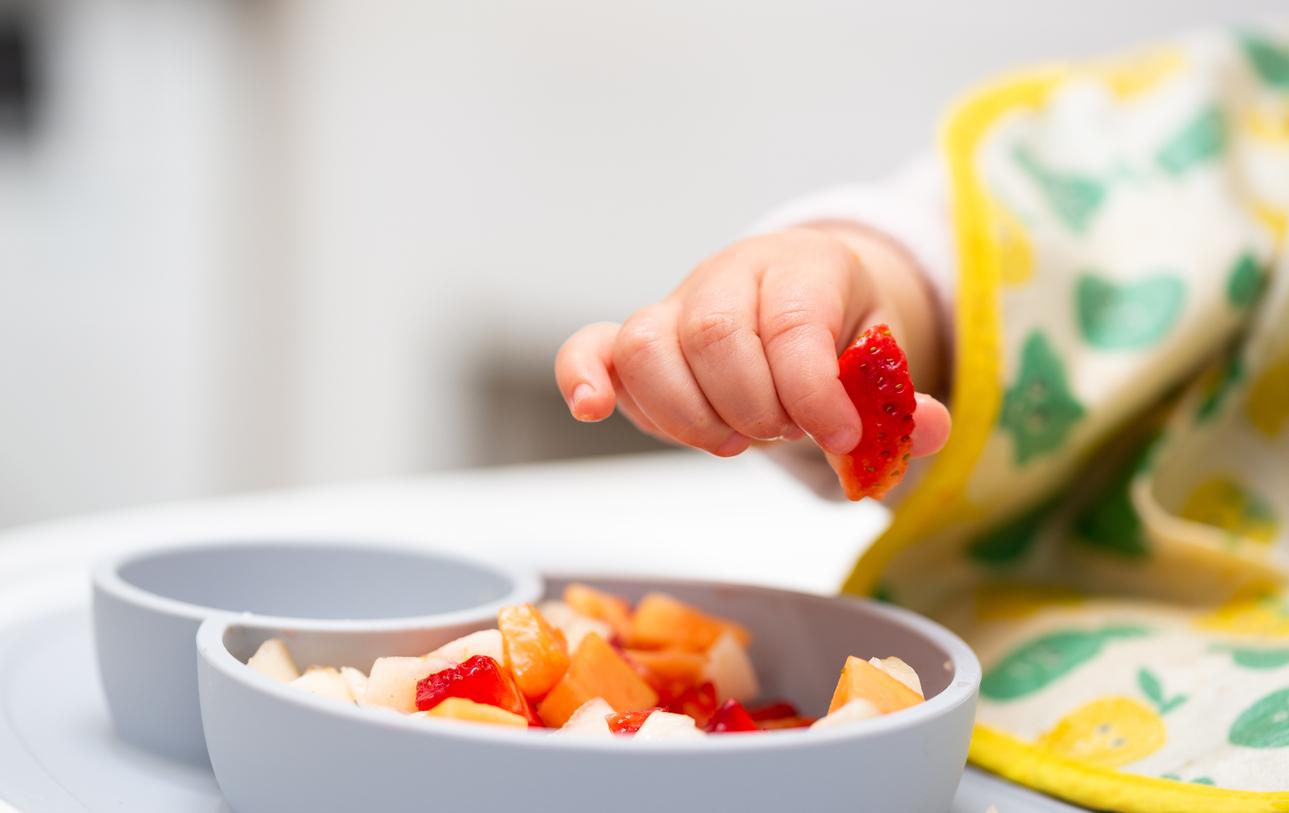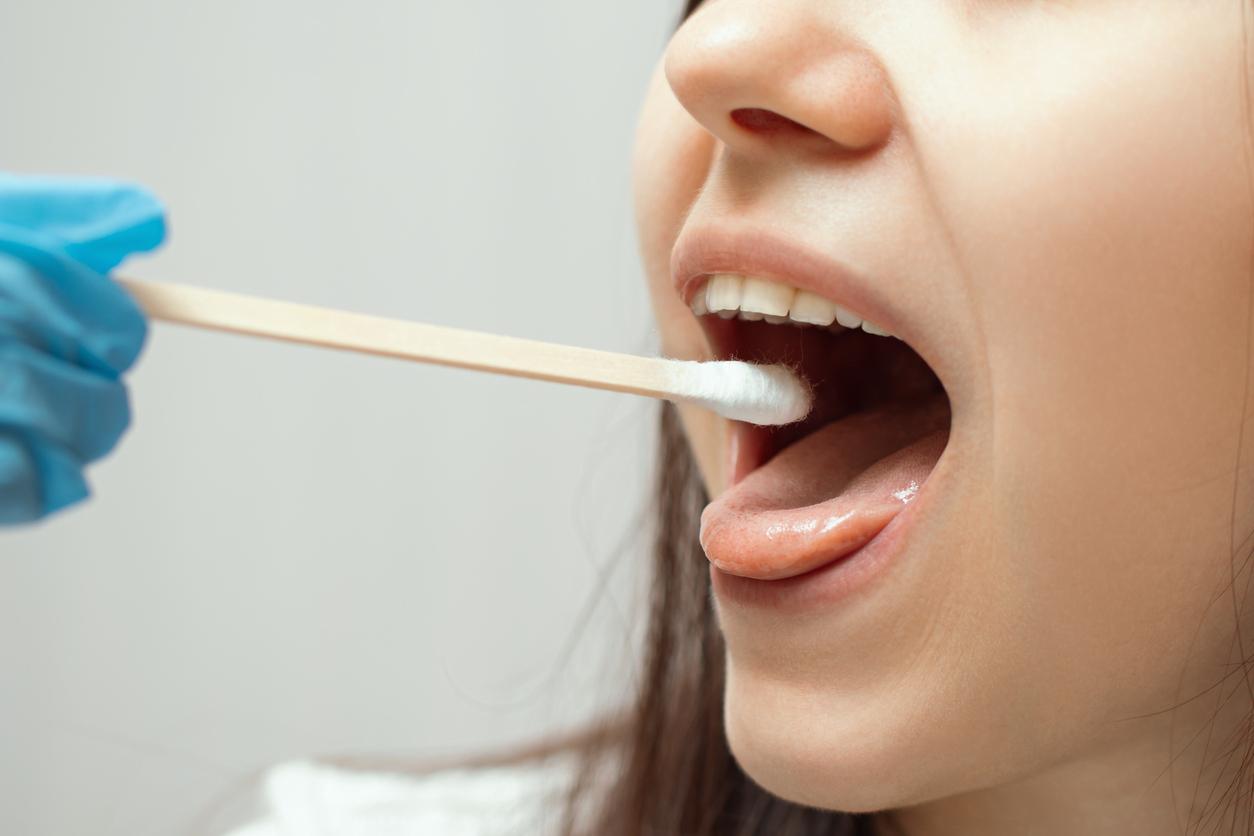The test results, available in eight minutes, can detect up to seven different forms of salmonella.
-1589791801.jpg)
- An Australian university has discovered a new test to detect salmonella in food.
- Made from DNA, it can detect seven different strains in 8 minutes.
- Unlike previous tests, it does not require a culture of bacteria, which improves identification.
The next time outbreaks of salmonella food poisoning appear in a given area, it should be easier to stop their spread. Researchers from the School of Biotechnology and Biomolecular Sciences at the University of New South Wales, Sydney, Australia, have found that the new test can quickly and sensitively distinguish between Salmonella subtypes using a DNA test, which could help stop the spread of the disease. The new test, which is a sensitive and specific assay to detect different serotypes of Salmonella, paves the way for rapid serotyping directly from samples, which can be crucial in tracing the origin of infection. This new test, the first results of which have been published in the Journal of Molecular Diagnosticsis considered the improvement of current test methods.
Eight minutes to get a result
The research evolved from a report containing data from the Centers for Disease Control and Prevention (CDC), the US public health agency, that the bacteria Salmonella causes 1.35 million cases of food poisoning of which 26,500 require hospitalizations and 420 result in death in the United States each year. According to the researchers, the speed and simplicity of a test to detect specific types of bacteria could help public health investigators find the source.
For Professor Ruiting Lan, from the School of Biotechnology and Biomolecular Sciences at the University of New South Wales, “salmonella in a clinical or food sample may be present in very small quantities and therefore requires very sensitive methods to detect them. Multiple Cross-Displacement Amplification (MCDA) is a method that can detect very small amounts of DNA quickly and is also performed at a single constant temperature, unlike the cycling of temperatures required in other methods such as PCR. It is therefore ideal for a simple, rapid and sensitive bacterial detection test. Although there is already an MCDA test for all salmonella, it does not distinguish between different serotypes.”
To develop the test, researchers developed an MCDA test for each of seven serovars (subtypes) specific to the targets of Salmonella which accurately detect 10 copies of DNA and can produce results in about eight minutes.
A test applicable to several regions of the world
As the new tests developed by the researchers do not require any specialized detection equipment, they can be applied in clinical or industrial settings in a simpler way and can accelerate the detection of Salmonella.
“The tests developed in this study are unique because the gene markers used were selected based on the analysis of thousands of genomesenthused Ruiting Lan. Thus, these markers prove the serotyping of Salmonella in the era of culture-independent diagnostic tests.”
Traditionally, researchers grow bacteria to distinguish Salmonella serotypes before testing to assign them to a serovar. However, MCDA does not require a culture of bacteria, which speeds up the identification process.
Although there are hundreds of serovars of Salmonellathe researchers focused on the five most common serovars in Australia, which are known to cause 85% of HIV infections. Salmonella in the country. They also identified two serovars that are among the top salmonella serovars found worldwide. This gives the new tests the advantage of being applied to other geographic regions.
.

















